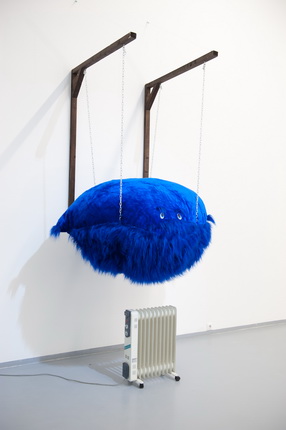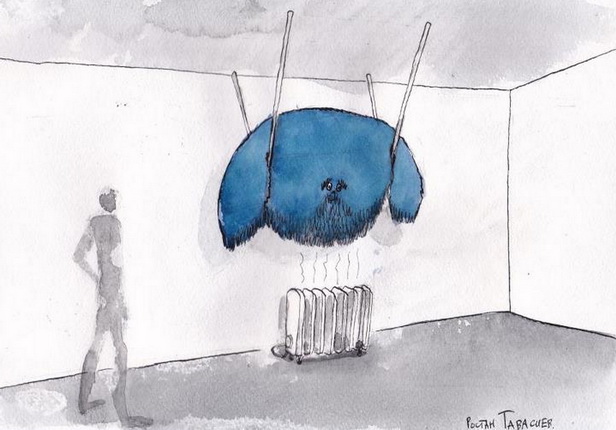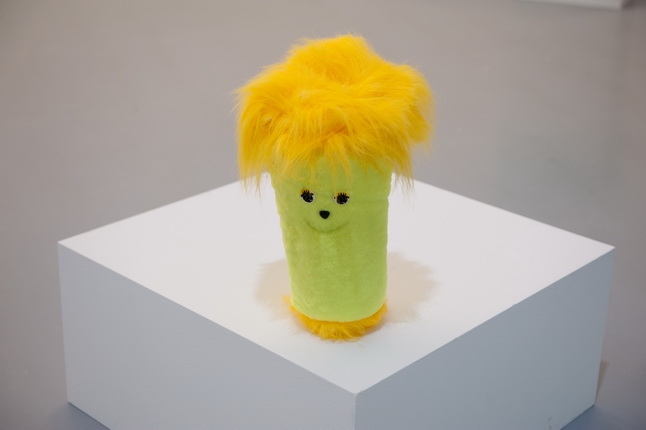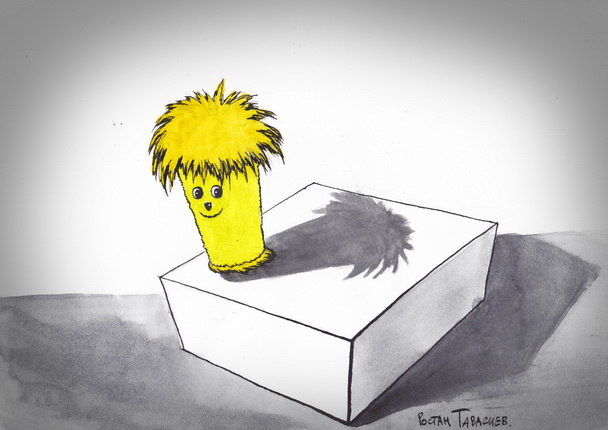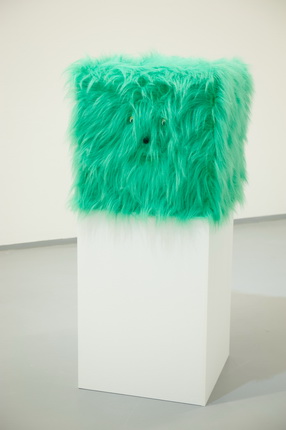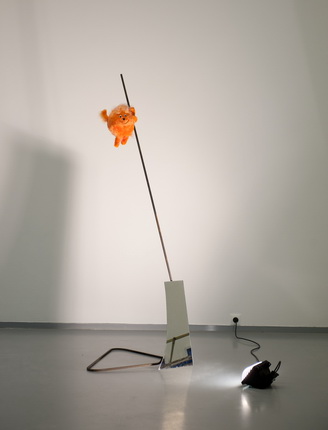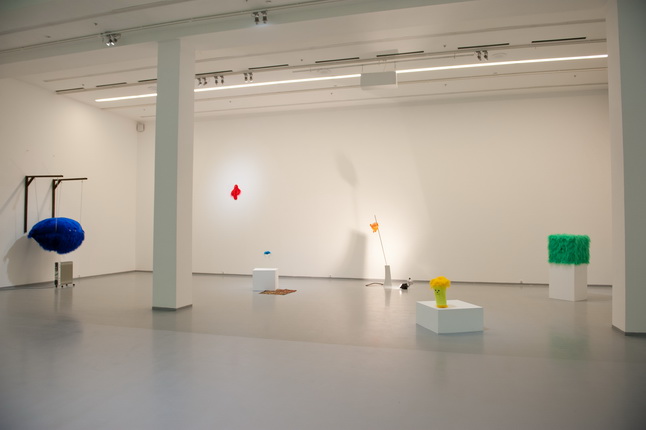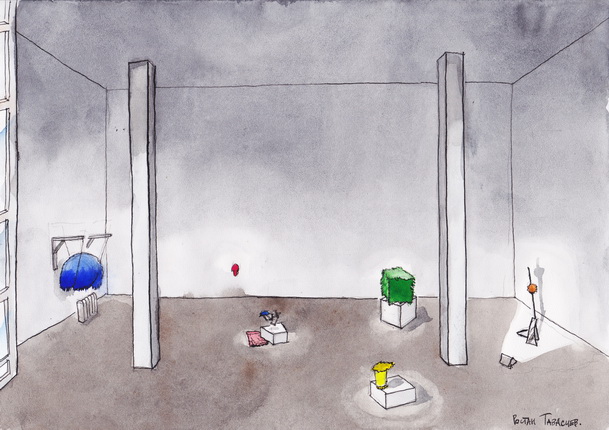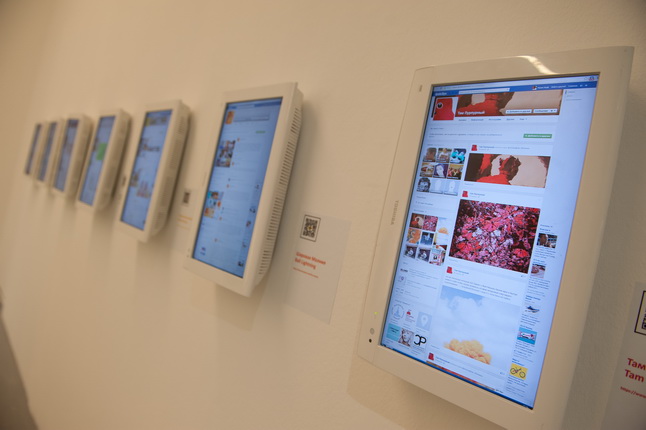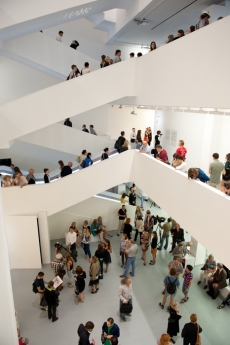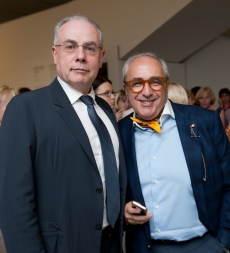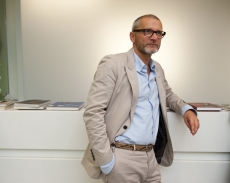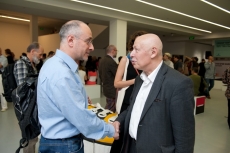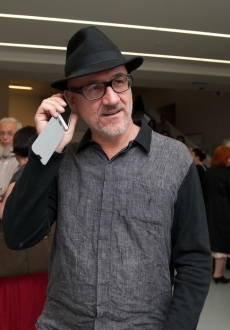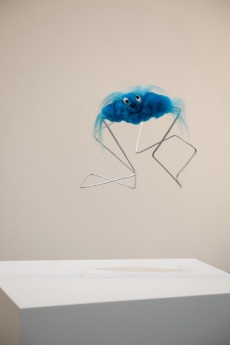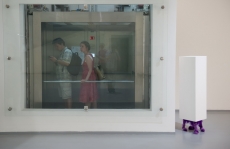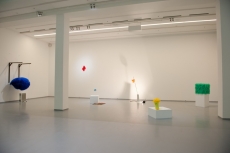It's complicated
Moscow, 18.07.2013—8.09.2013
exhibition is over
Share with friends
For the press
Rostan Tavasiev is already acclaimed for his installations, but this new project makes a transition to virtual reality. We are asked to imagine that the motionless, speechless works of art encountered in museums are actually living entities with a very intense inner life ordinarily concealed from spectators. They have their own opinions about the museum they were assigned to by their creator and curator, their own assessments of the author (not always pleasant for the latter to hear), of the visitors, of their exhibition-hall neighbours who are at the same time both friends and rivals. The exhibits anxiously await the closing date of their exhibition and obsess about their perspectives for the future, attentively read press reviews and feel joy or indignation, trying to guess how the critics’ verdict will affect their fate. As it turns out, what we see in the museum space is only the tip of the iceberg.
In Tavasiev’s project the complex and stressful life of a work of art enters the social media. Each of the seven characters (corresponding to the number of colours in the spectrum) has a page on Facebook, and some of them — the most sociable — in other social networks, too. There they converse with one another, discuss their own artistic merits or failings (or more general themes) and make friends with all kinds of people who show an interest in art.
Each of Tavasiev’s characters has a well developed personality, and each — despite a certain exterior similarity — insists on his or her own artistic position and represents a specific type of interaction between art and the spectator or, more precisely, the behaviour of art in relation to the spectator.
Bright-red Tam Purple is a power freak. A pleasant fellow, zealous about the art of the future. But most likely that’s an ambitious plan, a desire to show his worth, to create his own ‘camp’ where he is first and last boy scout. Orange Ball Lightning is narcissistic, convinced of her own beauty and the importance of this beauty for others. She is forever posting photos of herself. Yellow Divine Breeze is frivolous and the whole world exists only for his sake. He’s an attention freak. From a distance the green Cube may appear indifferent and cynical: he pays scant attention to detail and views everything with detachment. He regards himself as an ancient being and feels this is not his first incarnation, all this has happened before. He remembers himself in various animal and human guises; recalls his existence as a cat and as a large, hooved beast, even remembers his reincarnation as a work of art by Picasso. Sky-blue Vinci Construction is very observant and rational. She tells those around her exactly what she thinks of them and fears nothing. At the same time she has a sense of humour and appreciates it when people show lively initiative. Tries to comprehend everything and figure things out. You could say she’s a common sense freak. Dark-blue Consummate Thought is a grumbler and reactionary, an old-fashioned thinker and truth-lover. He is easily irritated, liberal (one of the disenchanted), inconsistent, and often carried away by memories of the past. Violet Hidden Hikkimori is convinced of his exceptional qualities. An intellectual and astute thinker, but also a dreamer and fantasist. He is interested in people and would like to be more friendly, but is constantly tormented by the impression that nobody takes him seriously. He is so afraid of failure that he prefers to stay away from people. Hikkimori’s self-appraisal goes from one extreme to the other. It’s easy to upset him. He’s an introvert and hypochondriac. Although incapable of hatred he occasionally feels genuine indignation and can get exasperated, but not in public.
Visitors to the exhibition and all social media users can not only follow the correspondence between these entities, but also participate. Rostan Tavasiev gives the curious spectator the rare opportunity to not only view but also communicate one-to-one with a contemporary art object, without an intermediary.
Anna Zaitseva
The passion for creating characters, for allusion and dramatisation, and the treatment of art as a game characteristic of Rostan Tavasiev show his affinity with Russian Conceptualism. Like his predecessors, Rostan enjoys hiding in his artworks, sending his audience on a false trail and loading his statements with a generous helping of ambivalence. One important theme for Rostan is the borderline between art and life, art and virtual reality. The project ‘It’s Complicated’ attempts to shift these boundaries. A series of visually pleasing yet strange entities/artworks occupy the space. There are seven — the number of colours in the spectrum. These are personalised sculptural forms. Tavasiev divides a single artistic intent into seven versions of personification. In addition eight characters are generated by video projection. This embodies the moment of dispersion, when the artistic intention separated into seven possible forms. The moment when they became the object of attention for spectators marks the beginning of their virtual life. You can meet up with them not only in the exhibition hall, but also in the social media. At the exhibition opening the body/object and soul/account of the character unite. Viewers can directly communicate with the objects online. From opening to closing ceremony the sculptures move around, engage in intrigues, play up to viewers and gallery staff, complain at current cultural events, gossip, scheme against one another and those around them, assess possible buyers and try to shape (or predict) their future destiny. The artist creates a miniature copy of the contemporary art world. Its inhabitants suddenly come to life amid and in the name of a show in which they must find their place, their mode of participation or non-participation. However, this world has a time limit. What will happen to those who sully the information space with their ranting and raving, who strive to catch up with the time machine of modernity and occupy a comfortable seat? This is the question the exhibition characters ask themselves. In the artist’s words we are confronted by ‘... a laboratory replication of Pygmalion’s experiment’. But he is interested not so much in breathing life into his creations, as in the complicated relations and influences arising from their triple existence — in the form of a physical object, a work of art and a virtual personality.
Alexander Dashevsky

